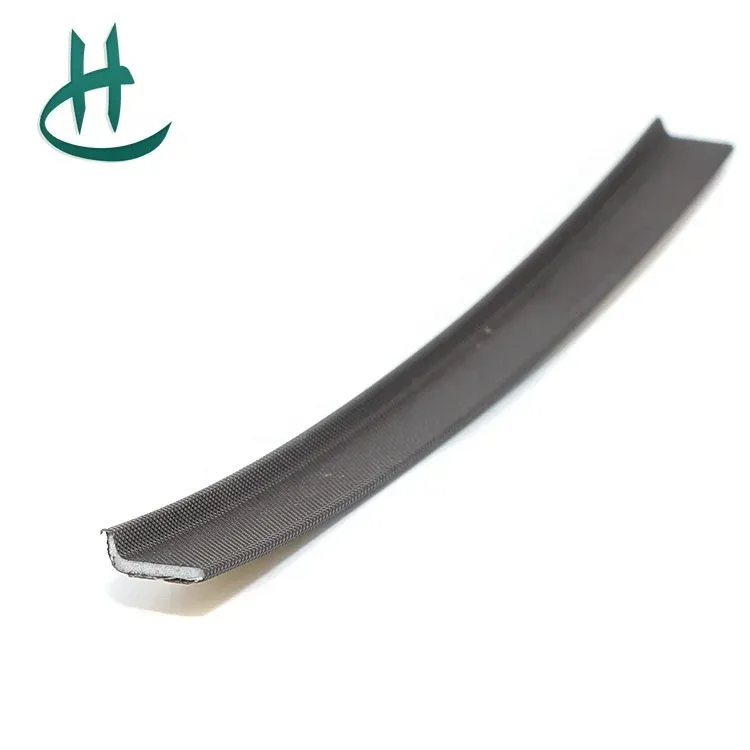trim materials
Dec . 21, 2024 00:49 Back to list
trim materials
The Importance of Trim Materials in Interior Design
Trim materials play a crucial role in interior design, serving not only as aesthetic components but also as functional elements that enhance the overall character of a space. These materials, typically used for finishing touches like moldings, baseboards, and door frames, can dramatically influence the look and feel of a room. Understanding the implications of various trim materials allows designers and homeowners alike to make informed decisions that elevate their interior spaces.
Types of Trim Materials
There are several types of trim materials available, each with its distinct characteristics, advantages, and potential drawbacks. The most common include wood, MDF (medium-density fiberboard), vinyl, and metal.
Wood is the traditional choice for trim work. It comes in various species, such as oak, pine, and cherry, each offering unique grain patterns and colors. Wood trim can provide a warm, classic aesthetic that suits a variety of design styles, from rustic to modern. However, natural wood requires regular maintenance to protect it from humidity, warping, and damage over time.
MDF has gained popularity as a budget-friendly alternative to solid wood. It is smooth and uniform, making it ideal for painting. MDF is less likely to warp than wood, but it is not as durable and can be susceptible to water damage if not properly sealed.
Vinyl trim is a synthetic option that is particularly valued for its durability and resistance to moisture. It is often used in areas prone to high humidity, such as bathrooms and kitchens. Vinyl trim is available in a variety of colors and styles, providing homeowners with flexibility while also being low-maintenance. However, it may not provide the same authentic feel as natural materials.
Metal trim adds a contemporary flair and can be used to create striking contrasts in a design. Stainless steel or aluminum trims can bring a sleek, industrial vibe to a space, complementing modern furniture and fixtures. However, metal can be prone to scratches and dents, which may require regular care to maintain its appearance.
trim materials

The Impact of Trim on Design
The choice of trim material can significantly impact the feel of a room. For example, ornate wooden moldings can evoke a sense of elegance and sophistication, making them suitable for classic and traditional interiors. In contrast, sleek, minimalist trims can enhance contemporary designs, providing a clean and understated look.
Moreover, trim materials can guide the viewer's eye around a space, creating visual interest and enhancing architectural features. Well-chosen trims can highlight windows, doors, and transitions between different wall colors, adding depth and dimension.
The color of trim also plays a pivotal role. While white trim remains a classic choice, bold colors and dark shades are being embraced to create statements. Dark trim, for instance, can create a dramatic contrast with lighter walls, establishing a rich, layered aesthetic that captures attention.
Sustainability Considerations
In today’s design landscape, sustainability is a growing consideration. Many homeowners are now seeking eco-friendly trim materials made from recycled or sustainably sourced products. Bamboo and reclaimed wood are popular choices that not only reduce environmental impact but also offer unique textures and narratives to a space.
Conclusion
Ultimately, trim materials are fundamental to achieving a cohesive and polished interior design. The options are vast, from classic wood to modern vinyl, and each serves to define the character of a space. By thoughtfully selecting the right trim materials, designers can enhance functionality, improve aesthetics, and create a welcoming environment. In the rapidly evolving world of interior design, understanding the importance of trim is essential for achieving spaces that are not only beautiful but also reflective of the occupants' personalities and lifestyles. As trends shift and evolve, the role of these materials will undoubtedly continue to be a key element in successful interior design projects.
-
LED Neon Rope Light Outdoor Companies: Durable & Bright Solutions
NewsAug.27,2025
-
Premium Window Seal Strip Adhesive: Manufacturers & Suppliers
NewsAug.26,2025
-
Best Window Seal Strip Adhesive Companies: Strong, Durable Seals
NewsAug.25,2025
-
Karcher A2004 Wet & Dry Vacuum Filter: Premium Replacement Cartridge
NewsAug.24,2025
-
Premium Vacuum Filter for Karcher VC 4, VC 6, VC 7 & Tineco A10, A11
NewsAug.23,2025
-
Hi-Flo HF155 Oil Filter KTM 250 EXC Racing 03-06 | OEM 580.38.005.000
NewsAug.22,2025
